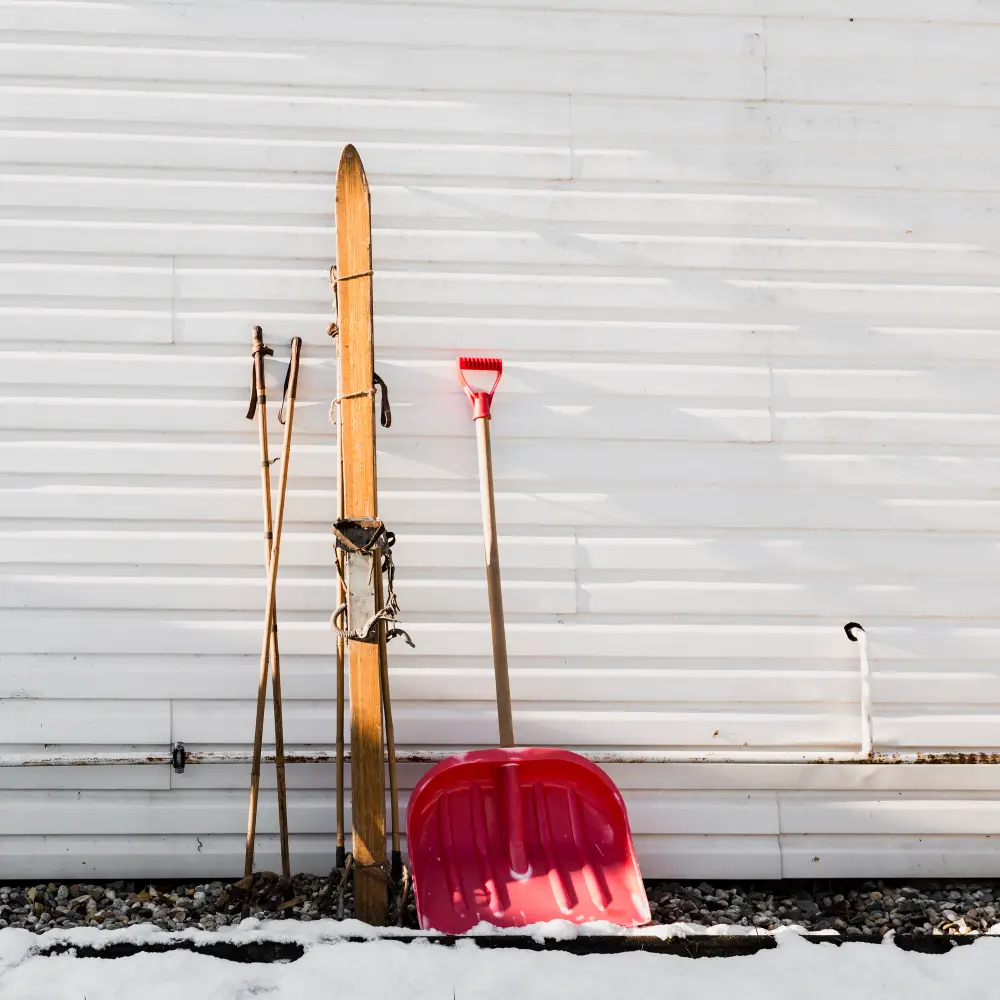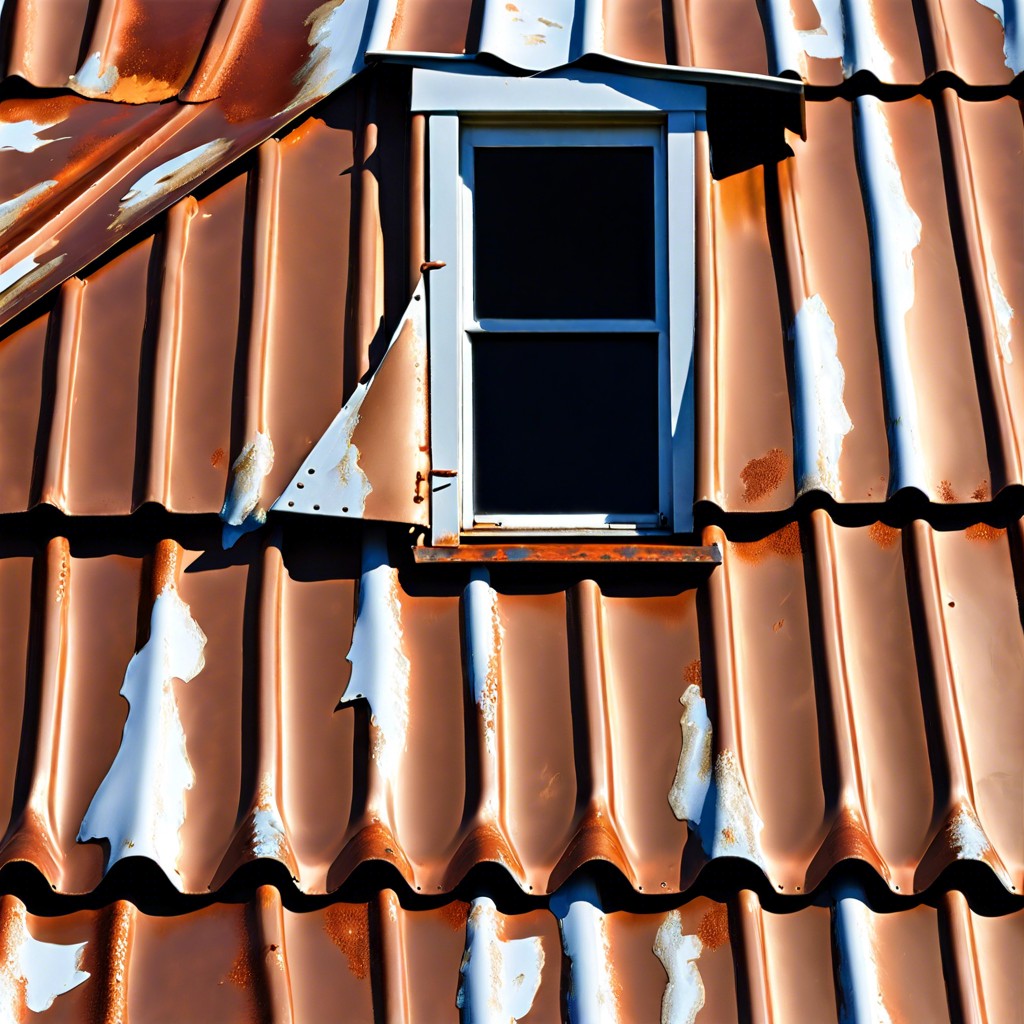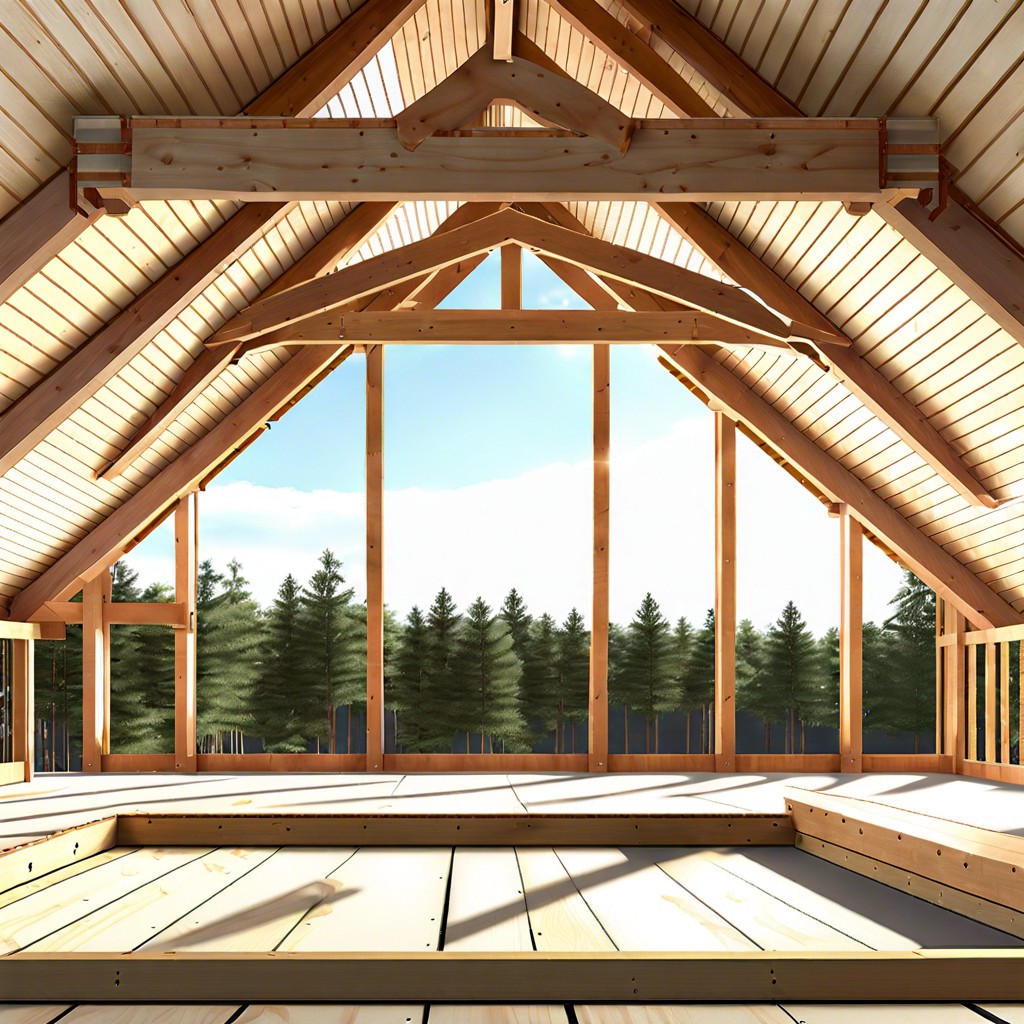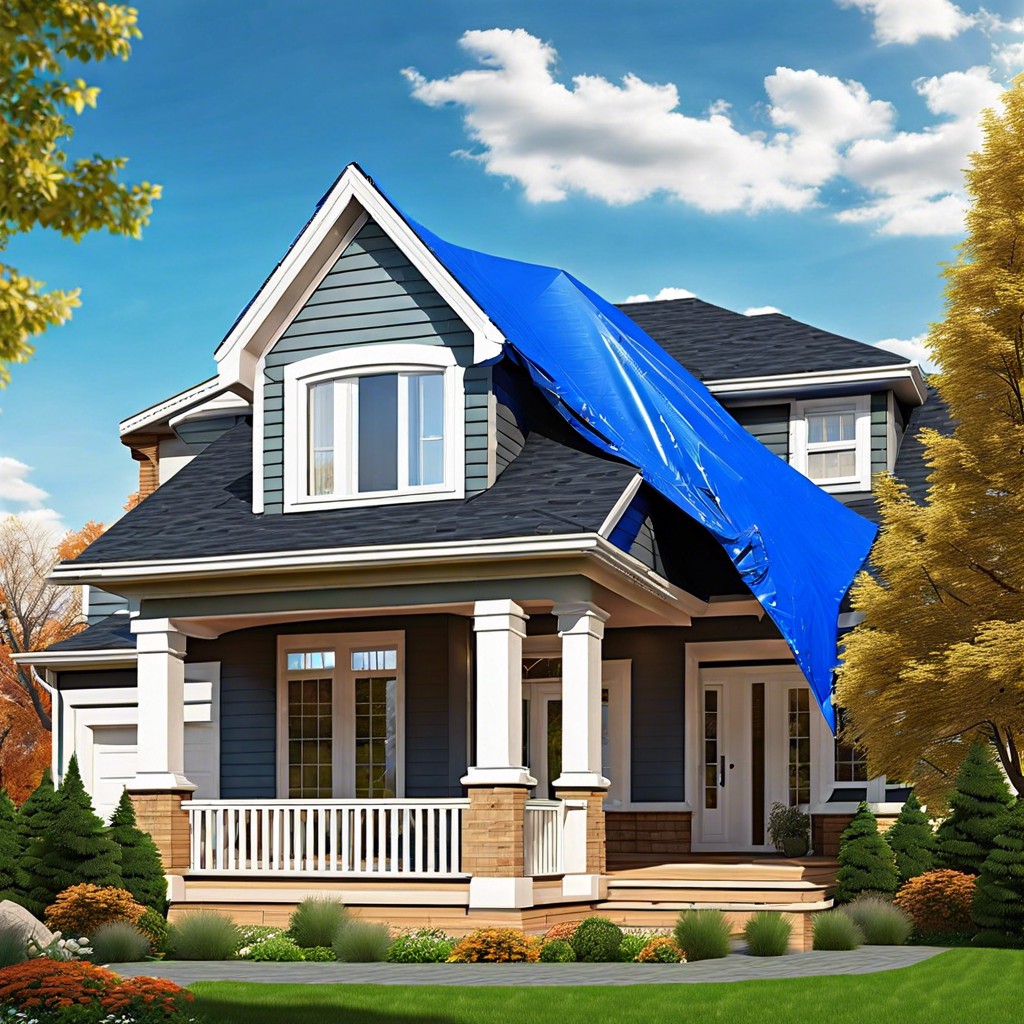Last updated on
Learn the safest and most efficient methods to remove snow from your roof to prevent damage and ensure your home’s integrity.
Key takeaways:
- Assess snow accumulation with a roof rake
- Understand roof weight capacity and signs of stress
- Prioritize safety measures when removing snow from the roof
- Use proper tools and techniques to remove snow without damaging the roof
- Contact professionals for ice dams, steep slopes, significant accumulation, structural concerns, or limited mobility
Assessing Roof Snow Accumulation
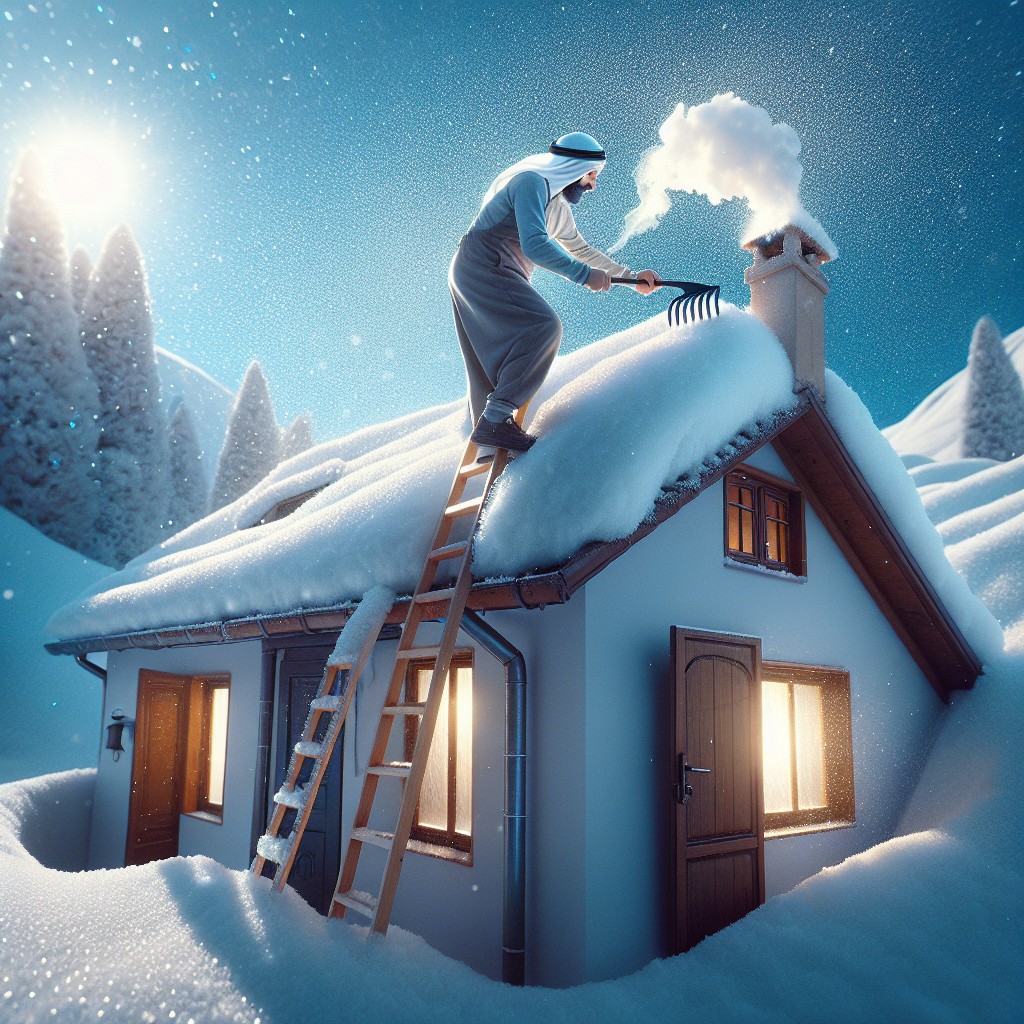
Evaluating the depth and weight of snow on a roof is critical in determining if removal is necessary. Light, powdery snow presents less of a concern than wet, heavy snow, which can significantly increase the load on the roof structure. Use a roof rake to gauge depth without climbing onto the roof, decreasing risk of injury and roof damage.
It’s crucial to monitor snow accumulation after each snowfall, especially during rapid succession of storms. Generally, two feet of old snow is comparable to one foot of new snow in terms of weight. For ice, one inch is equivalent to a foot of fresh snow. If you have an attic, checking for signs of stress, such as creaking noises or cracked rafters, can also indicate excess weight on the roof.
Remember, snow drifts can unevenly distribute weight, causing certain areas of the roof to bear more load than others, potentially leading to structural compromise. Pay close attention to areas where snow drifts commonly form, such as along roof valleys and at roof-wall junctions.
Understanding Roof Weight Capacity
Residential roofs are generally designed to support moderate snowfall, but the capacity can vary based on structure and materials. It’s critical to acknowledge that wet snow is significantly heavier than fresh, powdery snow; for instance, one foot of wet snow equals the weight of about three feet of dry snow.
To evaluate risk, factor in the roof’s pitch—the steeper it is, the less snow accumulates. Be aware, too, of the signs of stress, which include unusual noises, visible sagging, or doors that stick. Local building codes often dictate minimum load requirements, but consulting a structural engineer or referencing the building’s original documentation can provide specific guidance.
Regular roof inspections can preemptively identify vulnerabilities, reducing the risk of overloading.
Roof Snow Removal Safety Measures
Prioritize personal safety by using a roof rake with a long extension, allowing you to clear snow while remaining on the ground. When using ladders, ensure they are firmly planted and secure, and consider a spotter to hold the ladder steady. Employ a harness system if you must ascend the roof. Dress appropriately in warm, waterproof clothing and use footwear with excellent traction to prevent slips. Be aware of overhead power lines and keep tools clear to avoid electrical hazards. Avoid working alone; having someone nearby in case of an accident is always a prudent measure. Lastly, be mindful of the potential for falling snow and ice that could pose a risk to people or property below.
Steps to Safely Remove Snow Without Damaging Roof
Begin by choosing the proper tool; a roof rake with a long extension handle allows you to remove snow while remaining on the ground. Ensure the rake has rollers or bumpers to protect your shingles from damage.
Use a telescoping pole to reach the higher sections of your roof, and work from the edge upwards in a pattern that avoids unbalanced snow loads, which can stress your roof structure.
Glide the rake up the slope of the roof, allowing gravity to help with snow removal. Avoid aggressive pulling or hacking at the snow to prevent damage to your roofing materials.
Leave a thin layer of snow on the roof to avoid direct contact with the shingles or roofing material. Completely bare surfaces can lead to accidental scraping or gouging.
Finally, be mindful of where the snow falls. Ensure that it does not accumulate in large piles near your home’s foundation or block exits, windows, or equipment like heating units.
Recognizing When to Contact Professionals
When the task of snow removal poses a risk to personal safety or there’s potential for property damage, it’s essential to involve experts who have the appropriate equipment and expertise. Signs that professional services are needed include:
- 1. Ice Dam Formation: If large ice dams have developed at the roof’s edge, a professional can remove them without causing damage to the roofing materials.
- 2. Steep Slope: Roofs with a steep pitch are particularly hazardous for non-professionals to navigate in icy conditions.
- 3. Significant Accumulation: Deep snow, especially if it’s densely packed or has turned to ice, will require specialized tools and techniques.
- 4. Structural Concerns: Creaking noises, visible roof sagging, or cracked interior walls suggest that the weight of the snow may have compromised the roof’s integrity, necessitating an urgent professional assessment.
- 5. Limited Mobility: For individuals who are not physically capable of managing the task safely, it’s prudent to immediately seek expert assistance.
If these conditions or any uncertainties about personal safety or potential roof damage arise, contact a licensed and insured snow removal contractor to ensure the job is done safely and effectively.

